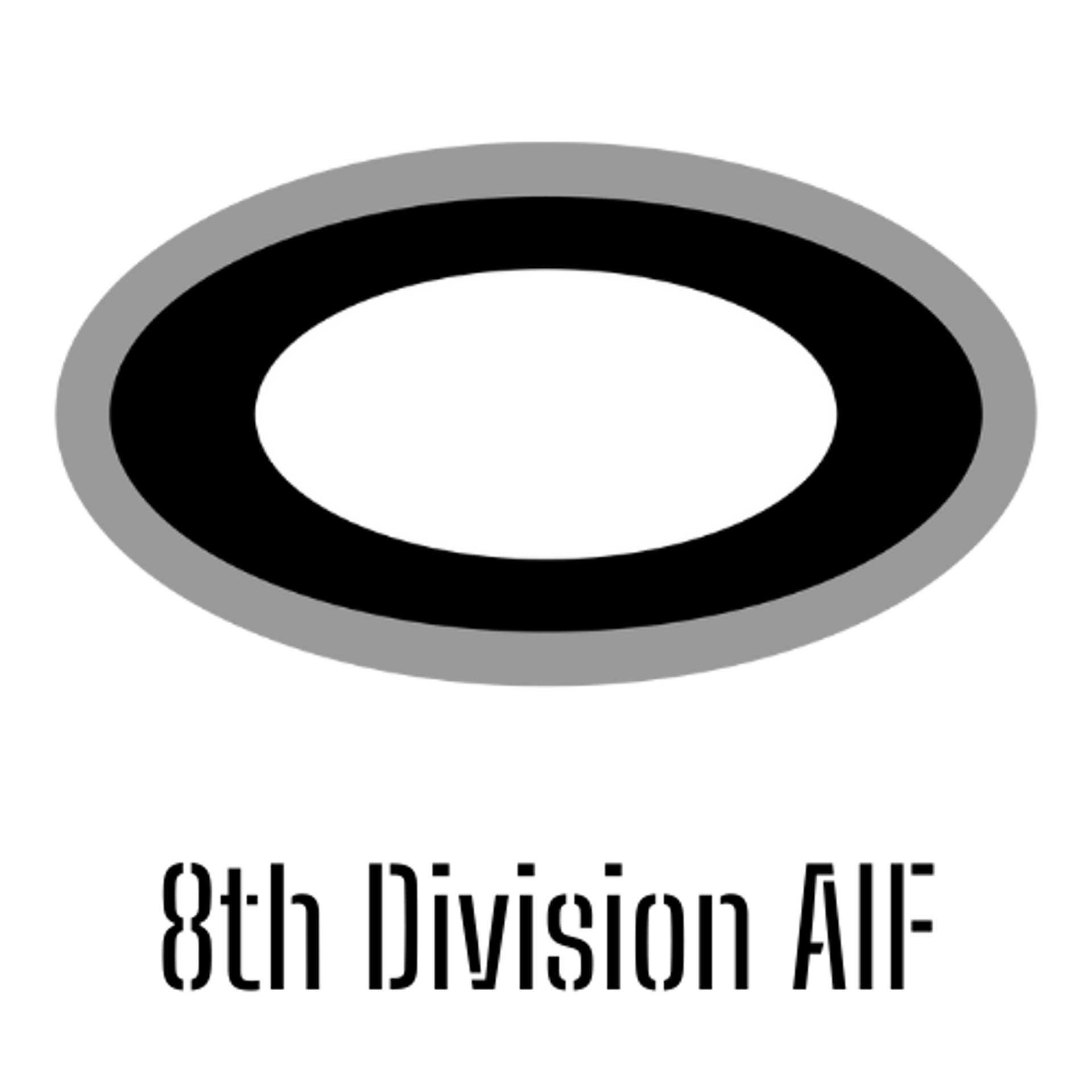
You didn’t come this far to stop
The Inheritance of Command
General Gordon Bennett and the 8th Division
Episode 16: The Inheritance of Command – General Gordon Bennett and the 8th Division
The transition of command within a military division can set the tone for its future effectiveness and cohesion. For the 8th Division of the Second Australian Imperial Force (AIF), this crucial transition occurred when General Gordon Bennett assumed command. Inheriting a staff selected by his predecessor, Major General Vernon Sturdee, Bennett faced the dual challenges of integrating into an existing leadership team and preparing the division for the imminent demands of World War II in Southeast Asia.
WW2 HISTORYDESCENT INTO HELLIN THEIR FOOTSTEPS BLOG
Toursofwar.com
7/29/20245 min read
General Gordon Bennett Takes Command
The Command Transition
When General Bennett assumed command, he inherited a staff that had been carefully selected by Sturdee. These officers were seasoned veterans, many with distinguished service records from the First World War. However, the transition was not without its tensions.
Challenges with Inherited Staff
The division’s Chief of Staff, GS01 Colonel H.G. Henry Rourke, and the Senior Administration Officer, AA & QMG Colonel J.R. Ray Broadbent, were both experienced and respected officers. However, their initial disappointment with Bennett’s appointment created a challenging environment as Bennett sought to assert his leadership and unify the division under his command.


Bennett’s leadership team
Key Staff Members
Bennett’s leadership team included a mix of permanent soldiers and militia officers, each bringing unique experiences to the division. Brigadier C.A. "Boots" Callaghan, the division’s artillery commander, had extensive experience from World War I and continuous militia service. Other key figures included:
Lieutenant Colonel J.H. "Jim" Fire: Senior Signals Officer
Lieutenant Colonel E.J.H. Scriven: Senior Engineer
Lieutenant Colonel Burns: Commander of the Army Service Corps
Lieutenant Colonel Stahle: Senior Ordnance Officer
Colonel A.P. "Alf" Durham: Assistant Director of Medical Services (ADMS)
Key Staff Members


Did You Know?

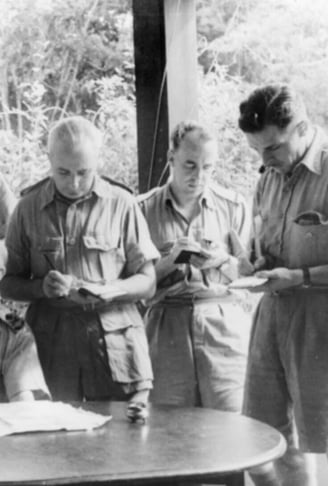
General Bennett's Leadership Style: Known for his direct and often confrontational approach, General Gordon Bennett’s leadership style contrasted with the more measured approach of his predecessor, Major General Vernon Sturdee.
Establishing the 8th Division Headquarters
Early Days at Victoria Barracks and Rosebery Racecourse
On July 4, 1940, the headquarters of the 8th Division was established at Victoria Barracks in Sydney. A month later, on August 1, the headquarters moved to Rosebery Racecourse. Initially, the division comprised three brigades: the 22nd, 23rd, and 24th.
Reorganization of Brigades
In September 1940, as the structure of the AIF evolved, the 24th Brigade was transferred to the 9th Division, and the 27th Brigade was raised as its replacement in the 8th Division. This left Bennett’s 22nd and 27th Brigades as the core infantry units of the division.
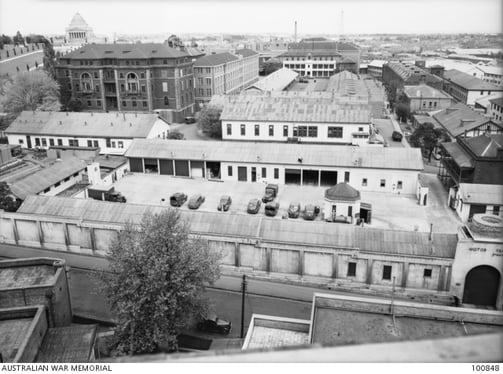

Early Days
Building a Cohesive Fighting Force
Brigadier Harold Taylor Lionel Whigmore’s Command
Brigadier Harold Taylor Lionel Whigmore commanded the 22nd Brigade, consisting of the 2/18th, 2/19th, and 2/20th Battalions. With a distinguished military career, Whigmore brought a methodical approach to building a cohesive and effective fighting force.
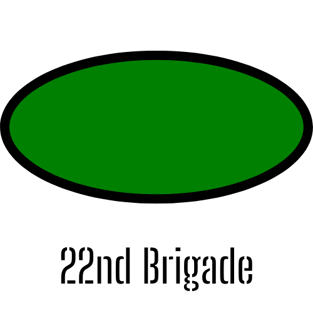

The 22nd Brigade
Recruitment and Regional Pride
Whigmore’s strategy included selecting commanding officers with First World War experience and allowing NCOs to enlist recruits from their local areas. This fostered strong regional pride and camaraderie within the battalions. For example:
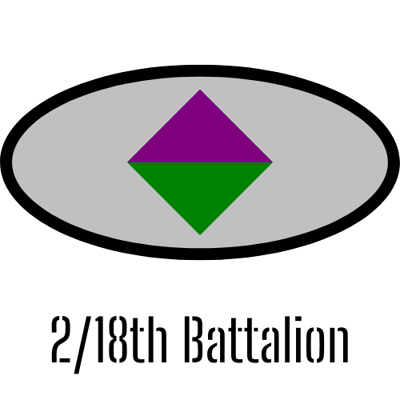

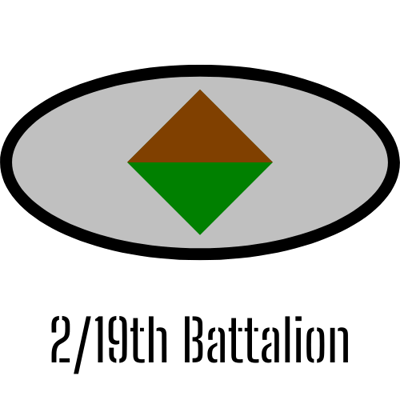

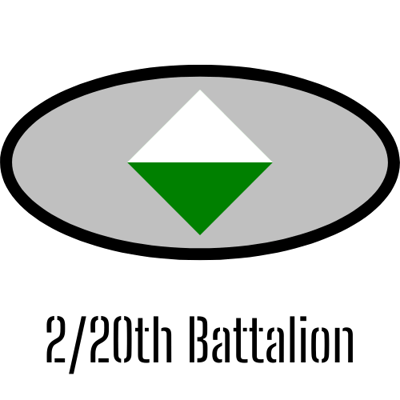

2/20th Battalion: Commanded by Lieutenant Colonel Frederick "Jitters" Galleghan, the 2/20th Battalion had a significant contingent from Newcastle and Sydney. Galleghan, known for his strict discipline and tactical acumen, molded the battalion into a formidable force. His leadership, combined with the battalion's strong local identity, created a unit ready to face the challenges ahead.
2/19th Battalion: Commanded by Lieutenant Colonel Charles Duffy, this battalion included many recruits from the northern suburbs of Sydney, as well as the Central West region of New South Wales. Duffy, a seasoned officer with a reputation for meticulous planning and leadership, ensured that the 2/19th Battalion was well-prepared and highly motivated. The battalion's regional connections strengthened its cohesion and fighting spirit, as many of its members knew each other from civilian life.
2/18th Battalion: Commanded by Lieutenant Colonel Arthur Varley, the battalion drew heavily from Armidale, creating a unit with strong ties to the local community.
Did You Know?
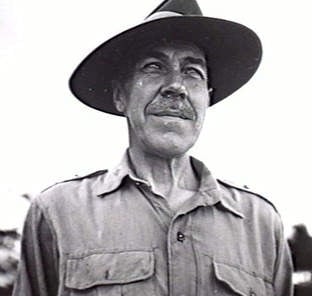

Brigadier Callaghan's Nickname: Brigadier C.A. Callaghan earned the nickname "Boots" due to his ownership of several shoe shops—a unique background for a senior military officer.
Preparing for the Southeast Asian Theatre
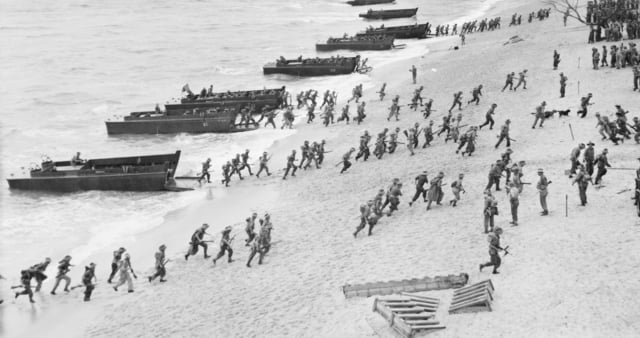

The Road to War
As Bennett worked to prepare the 8th Division for the demands of World War II, the global situation worsened, with Japan’s aggression in the Pacific looming large. The division's training and readiness were critical, as they would soon face the harsh realities of jungle warfare in Malaya.
Tactical Exercises and Command Preparation
In January 1941, General Gordon Bennett undertook a crucial series of Tactical Exercises Without Troops (TEWT) at the 8th Division's headquarters. These exercises were meticulously designed to prepare the division for the complex realities of warfare. Bennett held a conference of commanders and conducted divisional headquarters exercises that simulated daily movements for up to five days at a time. These exercises were vital in testing and refining the signals and communication channels between division, brigade, and unit levels. By the time the 8th Division was ready to depart Australia, it was as well-trained as the 6th and 7th Divisions, a testament to Bennett's rigorous preparation
Conclusion
General Gordon Bennett’s command of the 8th Division marked a pivotal moment as the division prepared for its role in Southeast Asia. Bennett faced the challenges of uniting a staff selected by his predecessor and preparing his troops for the challenges ahead. As the division moved closer to deployment, Bennett’s leadership and the division's resilience would soon be tested on the battlefield.
How You Can Help
Donations and Sponsorships: We are seeking corporate sponsorships and donations to fund ongoing restoration projects and educational programs. Your support can make a significant difference in maintaining the quality and impact of the museum.
Volunteer Opportunities: If you have expertise or time to offer, consider volunteering with us. There are many ways to get involved, from artifact restoration to educational outreach.
Spreading the Word: Share this blog and our mission with your network. The more people who know about the JEATH War Museum and its significance, the greater the impact we can achieve together.
The St Andrews Research Team is dedicated to preserving the legacy of the Thai-Burma Railway and the memories of those who suffered. We need your support to continue our work. There are several ways you can help:
Join the Cause!
If you or someone you know is interested in supporting this cause, please get in touch.
This is a chance to be part of something truly meaningful and impactful.
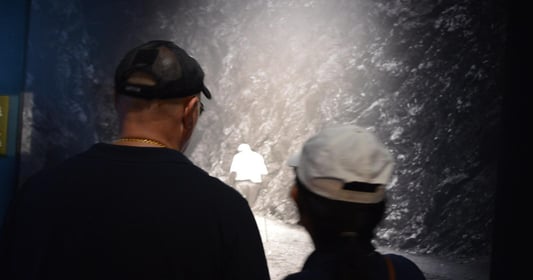

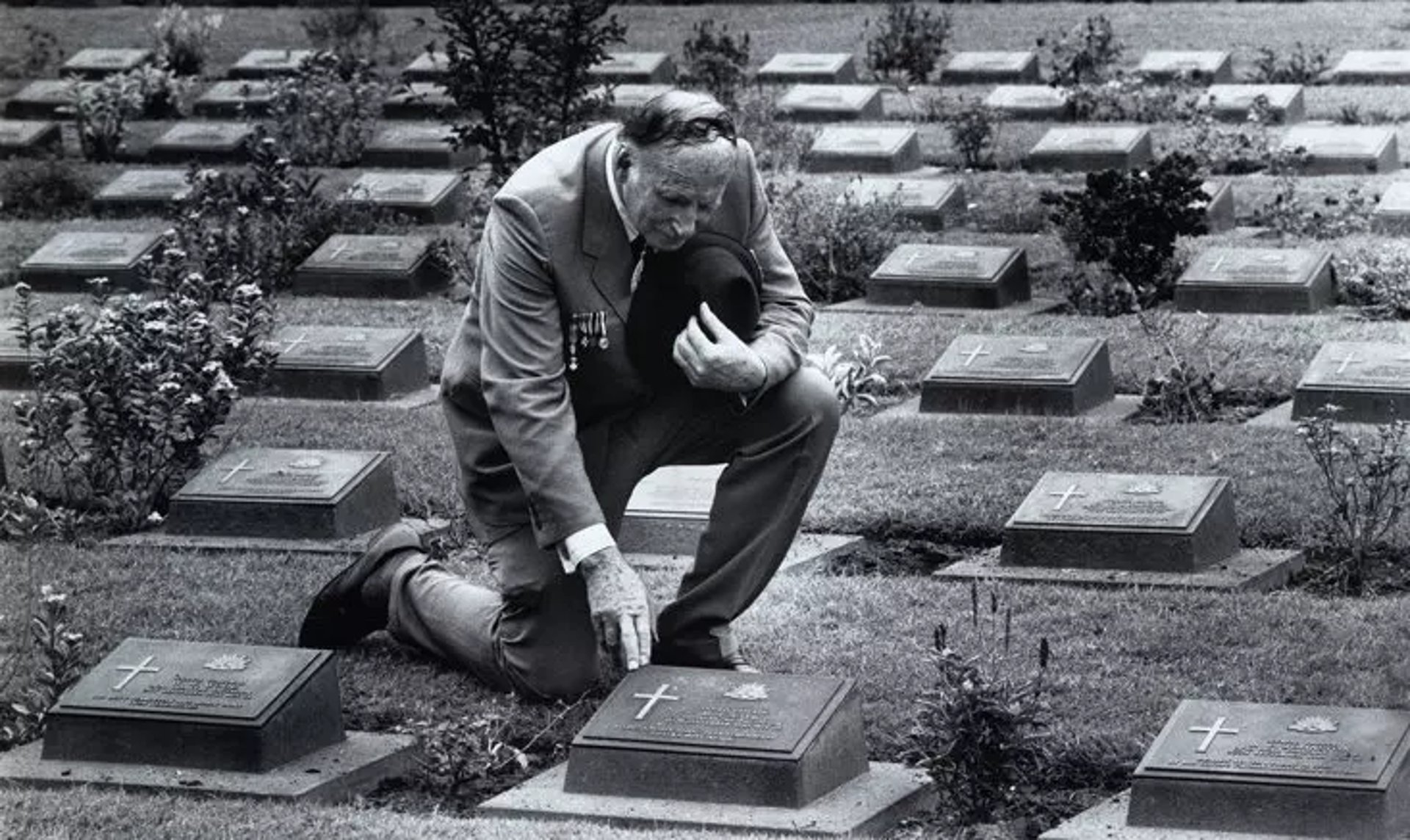
Together, We Can Make a Difference!
This is a veteran-run project, and we need your help to make it happen. Stand with us in honoring the legacy of the POWs and ensuring their stories are never forgotten.
